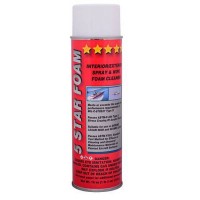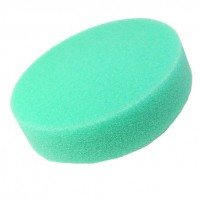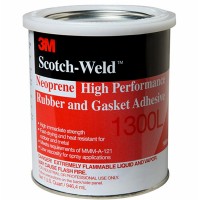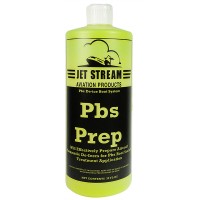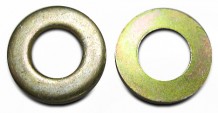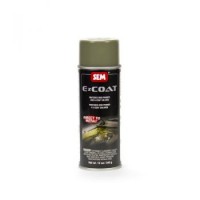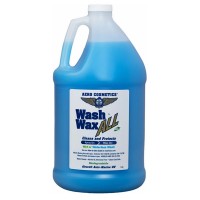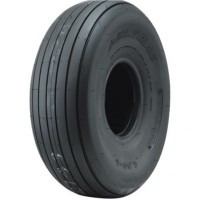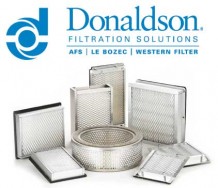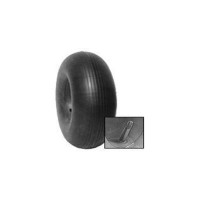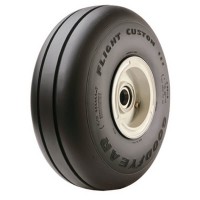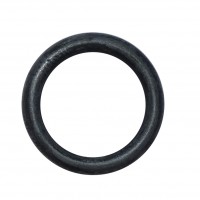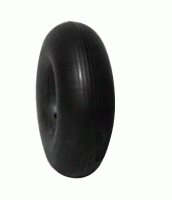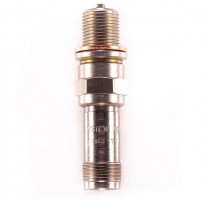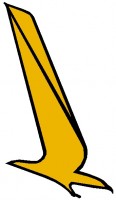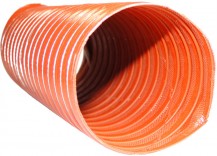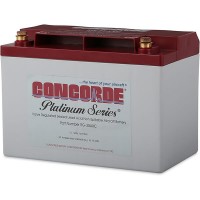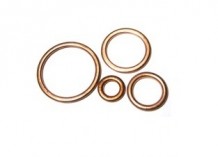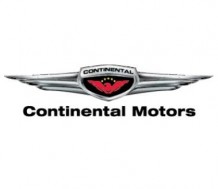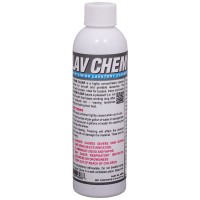Corrosion Technologies Boot Sealant - 32 Oz
Add to cart for current price
MFR Model# 85508
- JUMP TO
- Overview
- Reviews
- Q&A
- View in Catalog
Overview
| CorrosionX Boot Sealant is Step 2 in maintaining and properly protecting the surface of pneumatic de-icing boots. Boot Sealant prevents drying and cracking by sealing and protecting de-ice boots from harmful UV rays. Simply apply Boot Sealant to your de-icing boots with a soft cloth, and when dry, Boot Sealant stays slick and shiny for months! To prepare your de-ice boots for a treatment of Boot Sealant, it is important to first clean them and remove old, residual sealant by using CorrosionX Boot Klean. |
WARNING: Cancer and Reproductive Harm - www.P65Warnings.ca.gov. |
Reviews
Excellent results on old, worn Cessna abrasion boots. I first used CT Boot Klean product.
Corossion Technologies Boot Sealant 32 Oz
This is the first time using this product on my de-ice boots. This went on well and looks great. Barron 58P, only took 1/4 bottle for 3-5 coats on all edges.
Corossion Technologies Boot Sealant 32 Oz
Works excellent on boots and elevator rubber protectant on leading edge.
Corossion Technologies Boot Sealant 32 Oz
Delivery on time but sent the wrong item. They sent Boot Klean sealant instead of Boot Sealant. They are sending the right one at no cost. Will send back the wrong one.
Corossion Technologies Boot Sealant 32 Oz
I dont think of my airplane as old. Rather, it is a classic. The deice boots on my 310Q are original on the front and nearly new on the rear. Regarding the front boots, this boot sealer is the best one Ive used. I clean the boots to remove most of the previous sealant and then use regular 3x5 cellulose sponges to apply three to five then coats of new sealant. When finished, the older boots shine and look almost as new as the new rear boots. This sealant will last all year with very slight dulling back.
Q&A
Please note, Aircraft Spruce's personnel are not certified aircraft mechanics and can only provide general support and ideas, which should not be relied upon or implemented in lieu of consulting an A&P or other qualified technician. Aircraft Spruce assumes no responsibility or liability for any issue or problem which may arise from any repair, modification or other work done from this knowledge base. Any product eligibility information provided here is based on general application guides and we recommend always referring to your specific aircraft parts manual, the parts manufacturer or consulting with a qualified mechanic.
No, this is not considered hazardous goods.








 FREE Shipping
FREE Shipping


